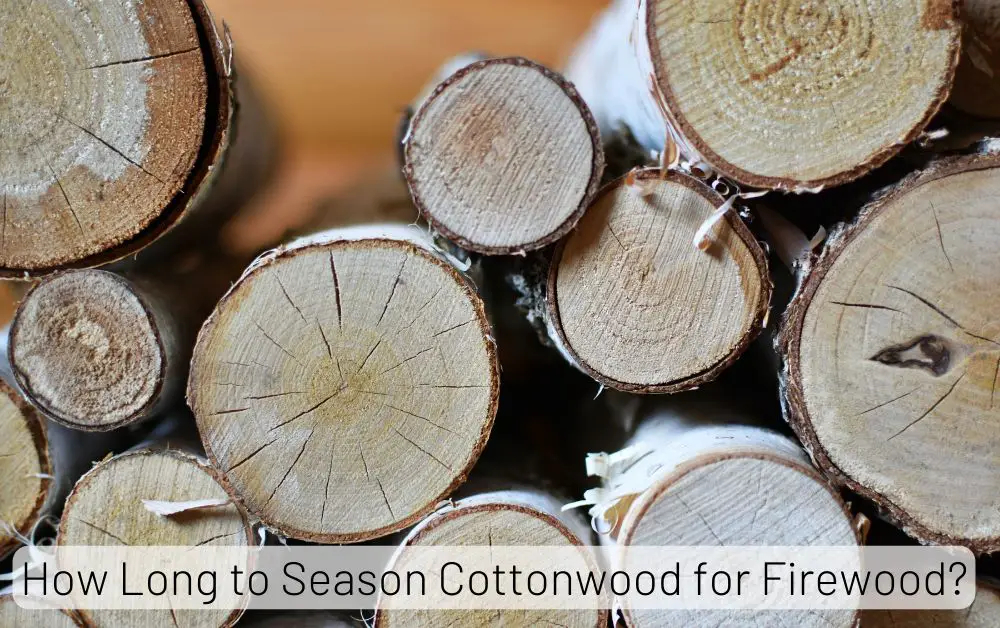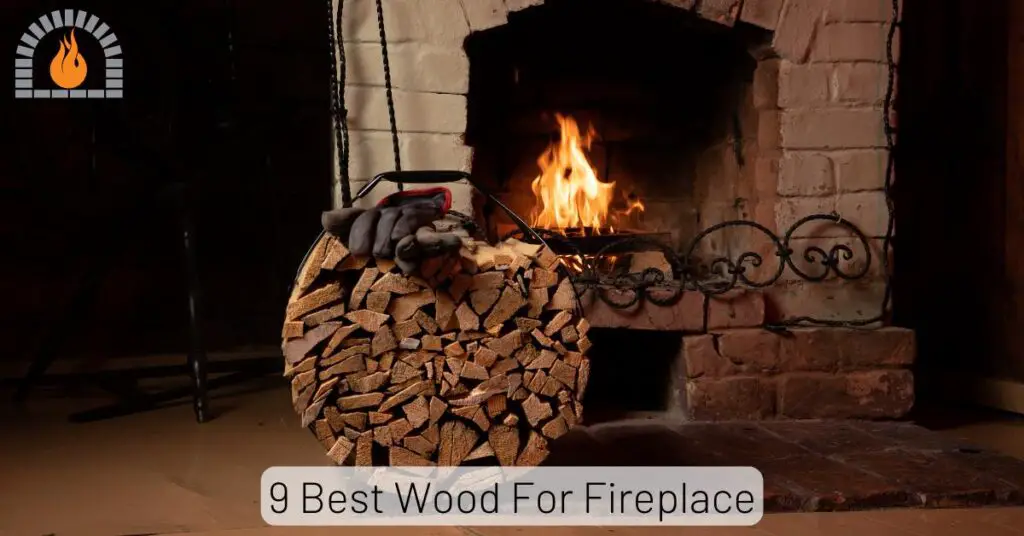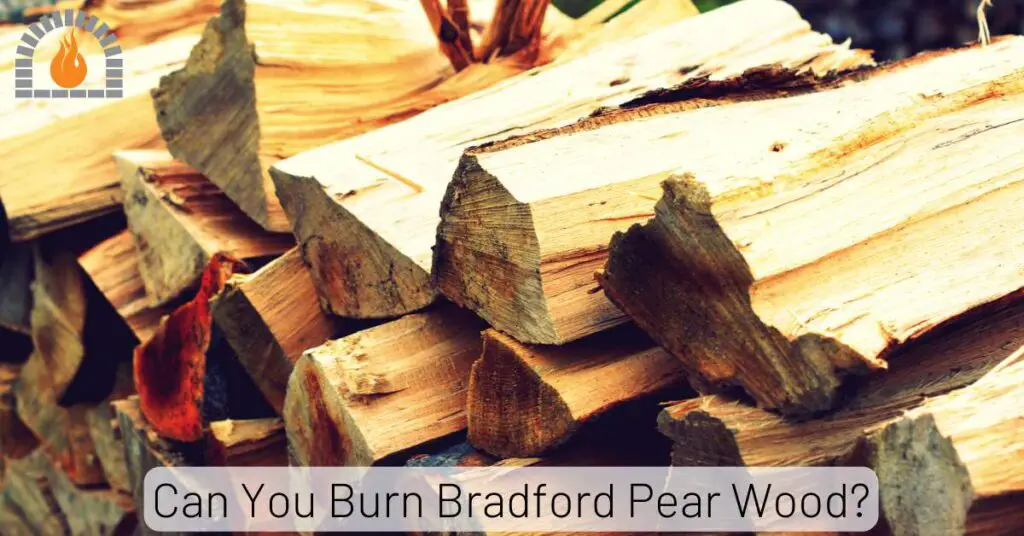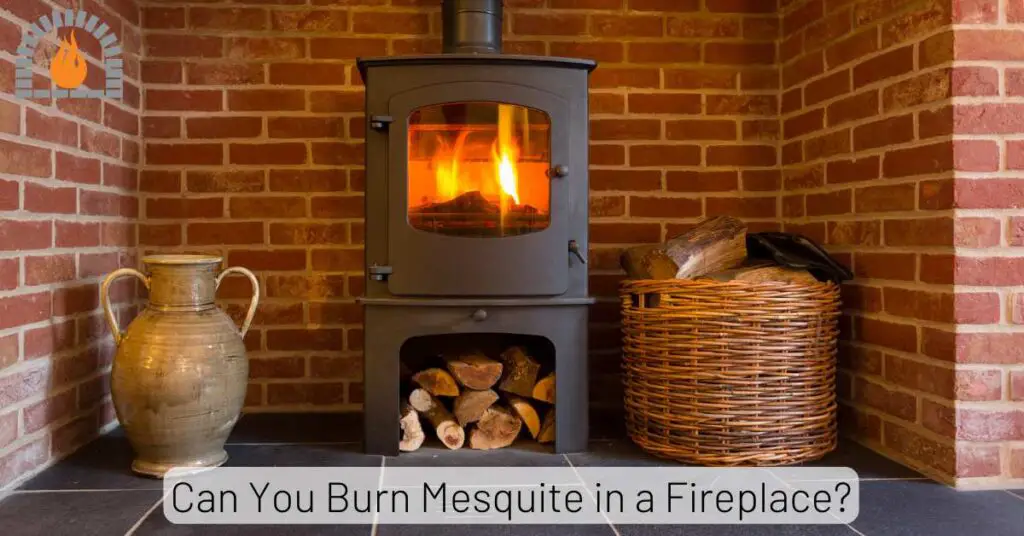Properly seasoned firewood is the cornerstone of an efficient, safe, and enjoyable wood-burning experience. Whether you’re heating your home during winter months or enjoying a cozy backyard fire pit, understanding firewood drying time chart is essential. The complete firewood drying time chart below reveals that most hardwoods require 6-12 months of proper seasoning to reach optimal moisture content below 20%, while softwoods typically need 4-8 months.
This comprehensive guide will walk you through everything you need to know about drying firewood effectively, from species-specific drying times to storage techniques that accelerate the seasoning process.
Key Takeaways: Firewood Drying Time Essentials
- Most firewood requires 6-12 months of seasoning time, depending on wood species and drying conditions
- Properly seasoned firewood should have a moisture content below 20% for optimal burning
- Hardwoods like oak and maple typically take longer to dry (9-12 months) compared to softwoods like pine (4-8 months)
- Stacking methods, storage location, and weather conditions significantly impact drying time
- Using a moisture meter is the most reliable way to determine if firewood is ready to burn
- Properly dried firewood produces more heat, less smoke, and minimal creosote buildup
Factors Affecting Firewood Drying Time
Several variables influence how quickly firewood dries. Understanding these factors will help you better plan your firewood supply and optimize the seasoning process.
Wood Species and Density
The density and cellular structure of different wood species significantly impact drying time. Dense hardwoods with closed cell structures dry more slowly than less dense softwoods with open cell structures.
Initial Moisture Content
Freshly cut wood can have moisture content ranging from 30% to over 60%, depending on the species and time of year. Higher initial moisture content means longer drying times.
Climate and Weather Conditions
Temperature, humidity, and air movement all affect evaporation rates. Hot, dry, windy conditions accelerate drying, while cool, humid conditions slow it down.
Processing Methods
How the wood is processed affects drying time:
- Split wood dries faster than whole logs
- Smaller pieces dry faster than larger pieces
- Bark-on wood dries slower than debarked wood
Stacking Techniques
Proper stacking allows for maximum air circulation:
- Single-row stacking dries wood faster than piling
- Elevated stacking prevents ground moisture absorption
- Spacing between pieces promotes airflow
Seasonal Timing
Wood cut in late winter/early spring typically dries faster than wood cut in fall because it has the entire warm season to dry.
Comprehensive Firewood Drying Time Chart
The following chart provides estimated drying times for common firewood species. These timeframes assume the wood is properly split, stacked, and stored in conditions with adequate air circulation.
| Wood Species | Wood Type | Estimated Drying Time | Optimal Moisture Content | BTU per Cord (Millions) |
|---|---|---|---|---|
| Oak | Hardwood | 9-12 months | <20% | 24-30 |
| Hickory | Hardwood | 8-10 months | <20% | 25-28 |
| Maple | Hardwood | 6-9 months | <20% | 22-25 |
| Ash | Hardwood | 6-9 months | <20% | 20-24 |
| Birch | Hardwood | 4-6 months | <20% | 20-22 |
| Elm | Hardwood | 9-12 months | <20% | 18-20 |
| Apple | Hardwood | 6-8 months | <20% | 25-27 |
| Cherry | Hardwood | 6-8 months | <20% | 20-22 |
| Walnut | Hardwood | 8-10 months | <20% | 20-22 |
| Pine | Softwood | 4-8 months | <20% | 15-20 |
| Fir | Softwood | 4-6 months | <20% | 14-18 |
| Spruce | Softwood | 4-6 months | <20% | 14-17 |
| Cedar | Softwood | 4-8 months | <20% | 13-16 |
Note: These estimates assume wood is split to 6-inch diameter and stacked in a sunny, breezy location with protection from rain but not covered on the sides.
How to Tell if Firewood is Properly Seasoned
Determining when firewood is ready to burn involves more than just tracking time. Here are several reliable methods to assess if your wood has reached optimal dryness:
Using a Moisture Meter
A firewood moisture meter is the most accurate way to measure moisture content. To use one:
- Insert the prongs into the wood’s center
- Wait for the reading to stabilize
- Look for readings below 20% for optimal burning
Visual Inspection
Seasoned firewood typically shows these visual signs:
- Grayish, weathered appearance
- Cracks and checks on the ends
- Loose bark that may be falling off
- Faded color compared to fresh wood
Physical Tests
Several simple physical tests can indicate dryness:
- Weight test: Seasoned wood feels significantly lighter than green wood
- Sound test: When two pieces are knocked together, seasoned wood produces a hollow “clack” rather than a dull “thud”
- Smell test: Seasoned wood has a faint, pleasant woody scent, while green wood has a stronger, “sappy” smell
Burn Test
The ultimate test is how the wood burns:
- Seasoned wood ignites quickly
- Produces a bright, crackling flame
- Creates minimal smoke
- Burns steadily with little sizzling or hissing
Best Practices for Storing Firewood
Proper storage is crucial for maintaining seasoned firewood and preventing reabsorption of moisture. Follow these guidelines for optimal firewood storage:
Location Selection
- Choose a sunny, breezy spot
- Elevate wood at least 4-6 inches off the ground
- Keep wood at least 20 feet from your home to deter pests
- Avoid low-lying areas where water collects
Stacking Techniques
- Stack in single rows for maximum airflow
- Place stickers (thin strips of wood) between layers
- Leave space between stacks for air circulation
- Orient rows with prevailing winds
Covering Methods
- Cover only the top of the stack to protect from rain
- Use a dedicated firewood cover or tarp that doesn’t extend down the sides
- Remove covers during sunny, dry periods to allow evaporation
- Avoid completely enclosing stacks, as this traps moisture
Seasonal Rotation
- Implement a “first in, first out” system
- Use oldest wood first
- Clearly mark or separate wood by cutting date
- Plan ahead by always having wood that’s one year ahead
Tips to Speed Up Firewood Drying
While proper seasoning takes time, these techniques can help accelerate the drying process:
Optimal Processing
- Split wood to 4-6 inch diameter for faster drying
- Split green wood as soon as possible after cutting
- Remove bark from slower-drying species
- Cut wood to stove length before seasoning
Strategic Stacking
- Stack in single rows with space between pieces
- Place stacks on a south-facing slope for maximum sun exposure
- Use a sunny, windy location if available
- Consider using a solar kiln for small quantities
Weather Protection
- Cover only the top of stacks to allow air circulation
- Use a slanted roof structure to shed water
- Position stacks where they receive afternoon sun
- Remove snow from stacks in winter
Advanced Techniques
- Use a dehumidifier in enclosed storage areas
- Employ fans to increase air circulation
- Consider kiln drying for urgent needs
- Use a moisture meter to track progress
Common Firewood Drying Mistakes to Avoid
Even experienced wood burners sometimes make these common mistakes when seasoning firewood:
Improper Storage
- Stacking wood directly on the ground
- Completely covering stacks with tarps
- Storing in unventilated areas
- Keeping wood too close to the house
Poor Timing
- Cutting wood too late before burning season
- Not planning for extra drying time in humid climates
- Assuming all wood dries at the same rate
- Not accounting for unusually wet seasons
Processing Errors
- Leaving wood in round form (unsplit)
- Cutting pieces too large
- Mixing different species without tracking drying times
- Not protecting wood from rain and snow
Testing Errors
- Relying solely on appearance to determine dryness
- Not using a moisture meter
- Burning wood before it’s properly seasoned
- Assuming wood is dry because it’s old
FAQs
What is the minimum drying time for firewood?
The minimum drying time for firewood varies by species, but most softwoods need at least 4-6 months, while hardwoods typically require 6-12 months when properly split and stacked. However, these are minimum estimates, and ideal drying may take longer depending on your climate and storage conditions.
Can you dry firewood too long?
Firewood generally doesn’t become “too dry” for burning purposes. Even very old wood will burn well as long as it’s protected from reabsorbing moisture. However, extremely old wood that’s been exposed to weather for many years may begin to rot, reducing its heat output and quality.
Does firewood dry in winter?
Firewood can continue to dry in winter, but the process is significantly slower due to lower temperatures and higher humidity. The drying rate in winter can be just 10-20% of what it is during warm, dry summer months. This is why it’s crucial to get firewood stacked and drying by early spring at the latest.
Affiliate Disclosure: Fireplaceadviser.com is a participant in the Amazon Services LLC Associates Program. We may earn a commission when you click on certain links on this site and purchase.

Hello!! I am Jamal Khan. I often fix my home electric heaters and gas stove problems and research the common issues in the heating units to improve my knowledge and expertise. The aim of establishing fireplaceadviser.com is to share my expertise and knowledge with my audience.


















